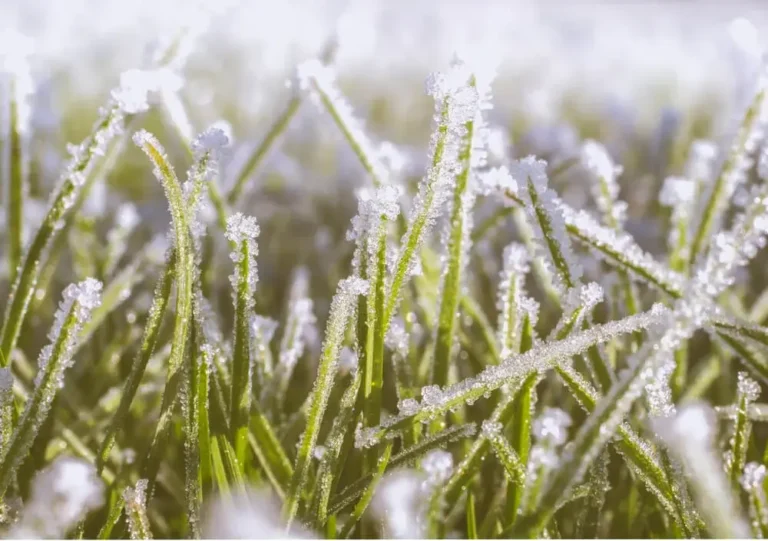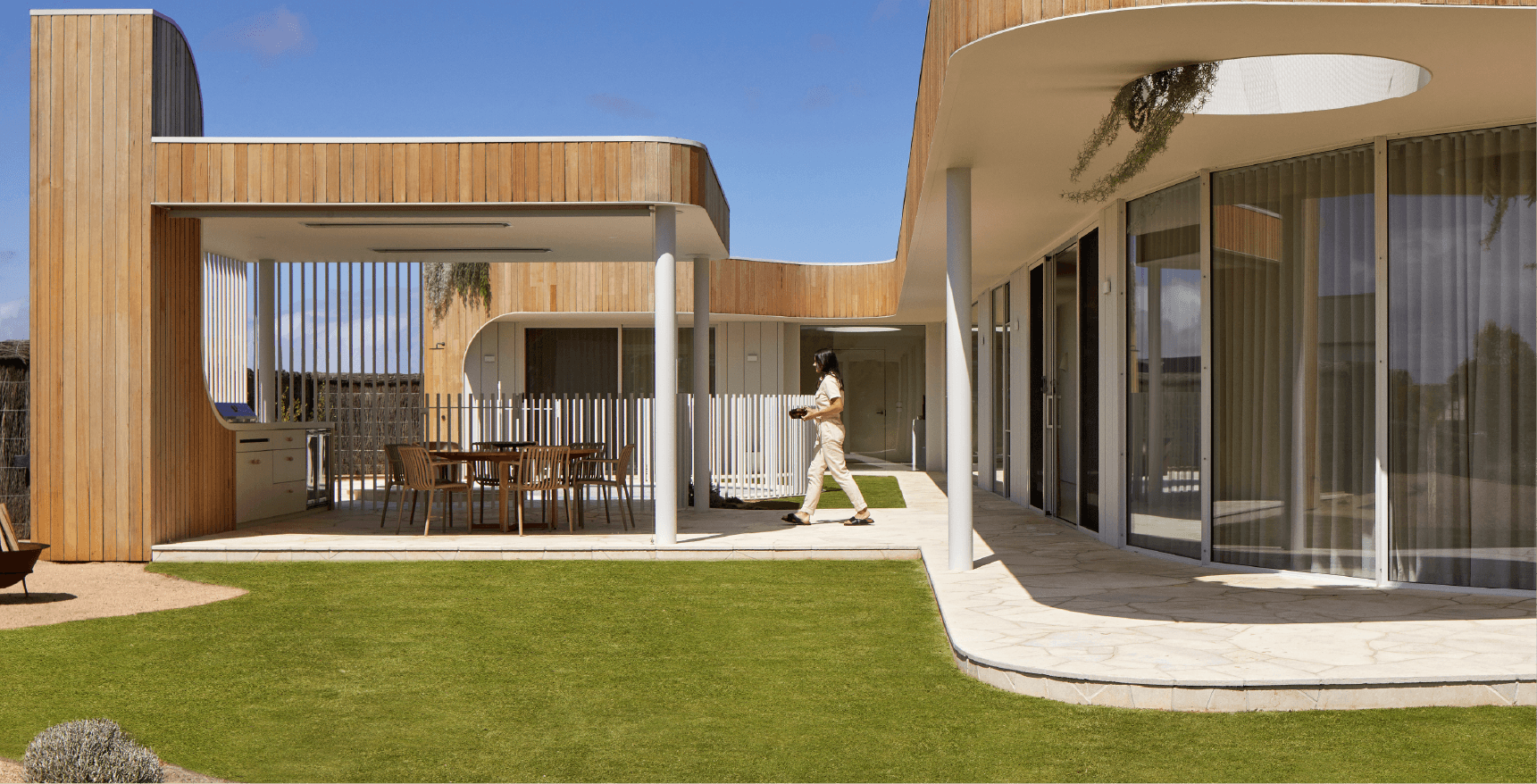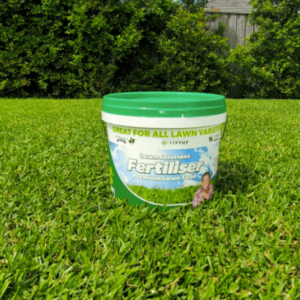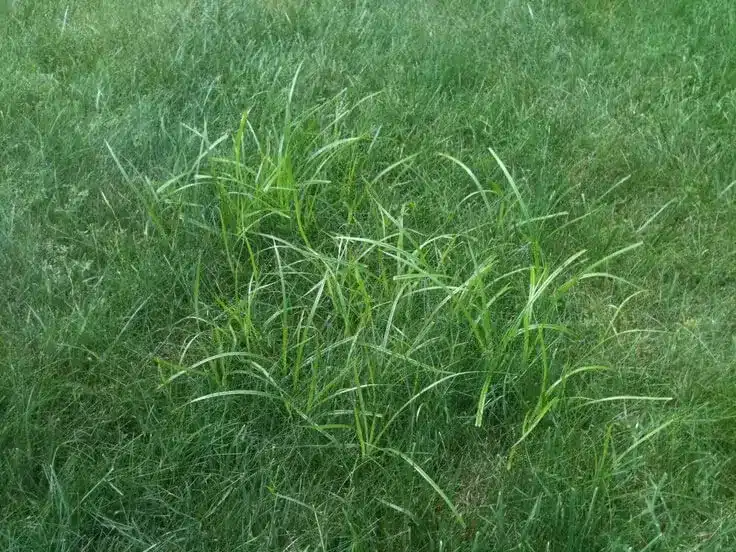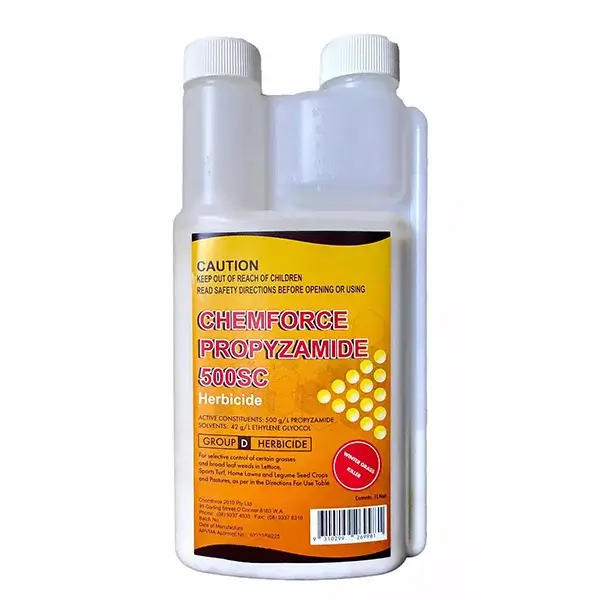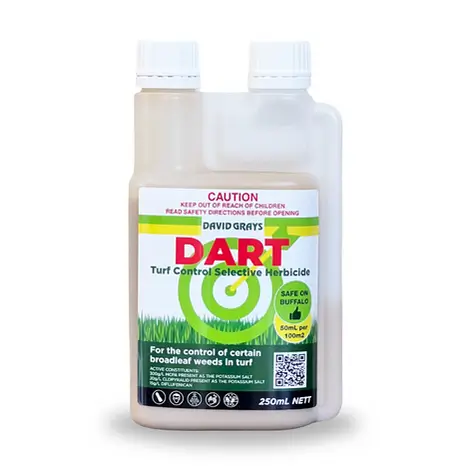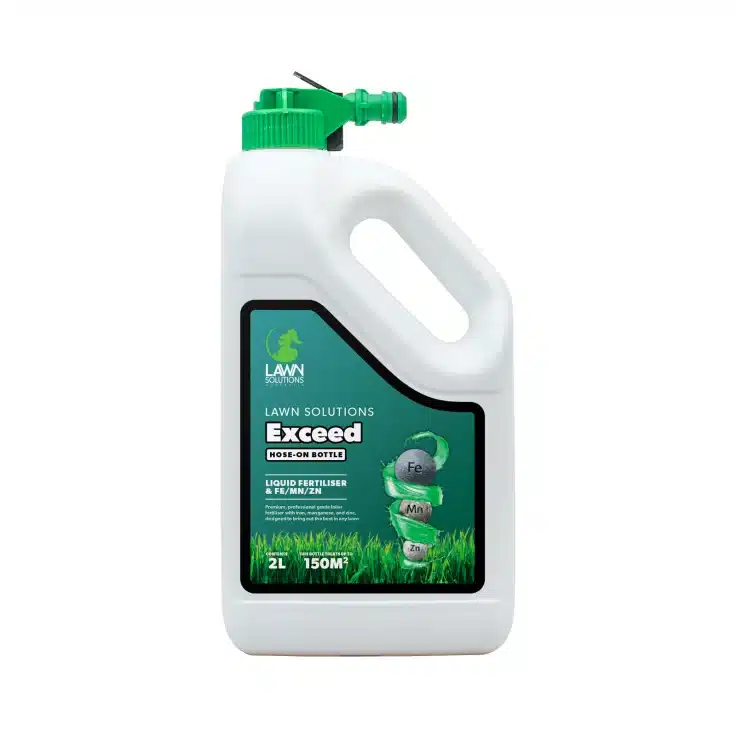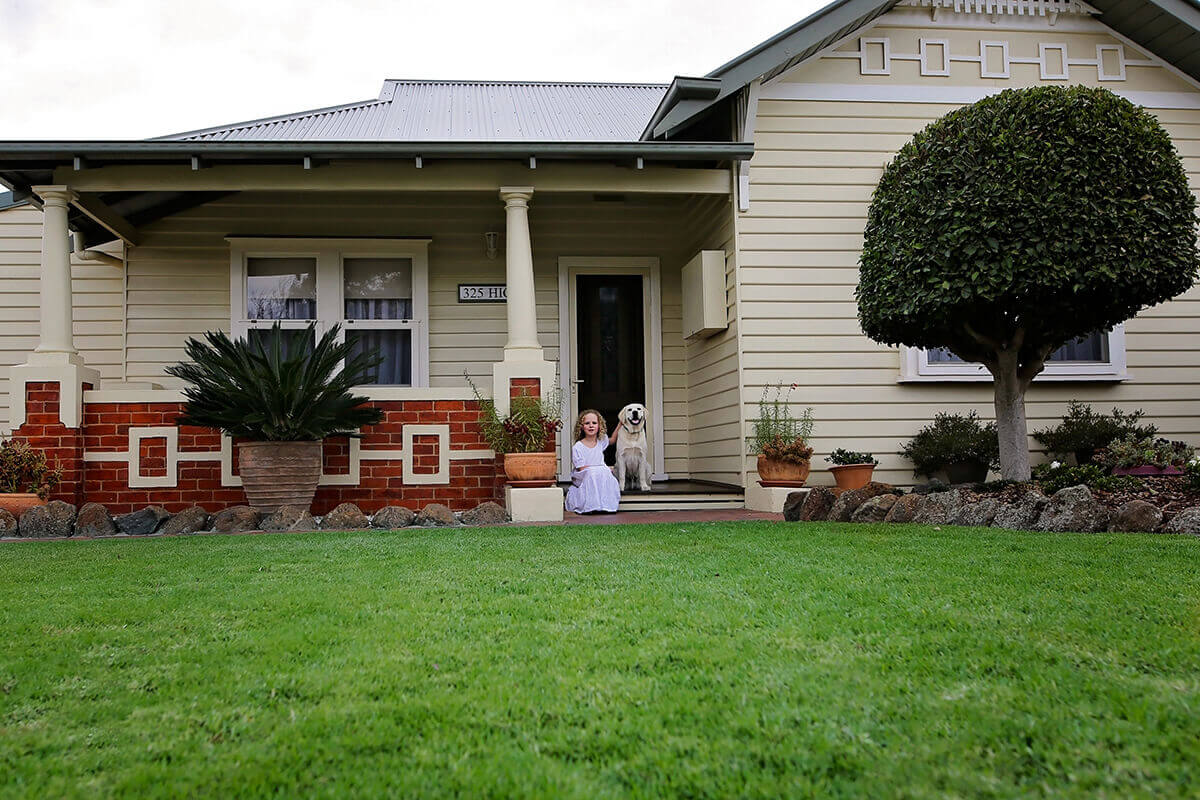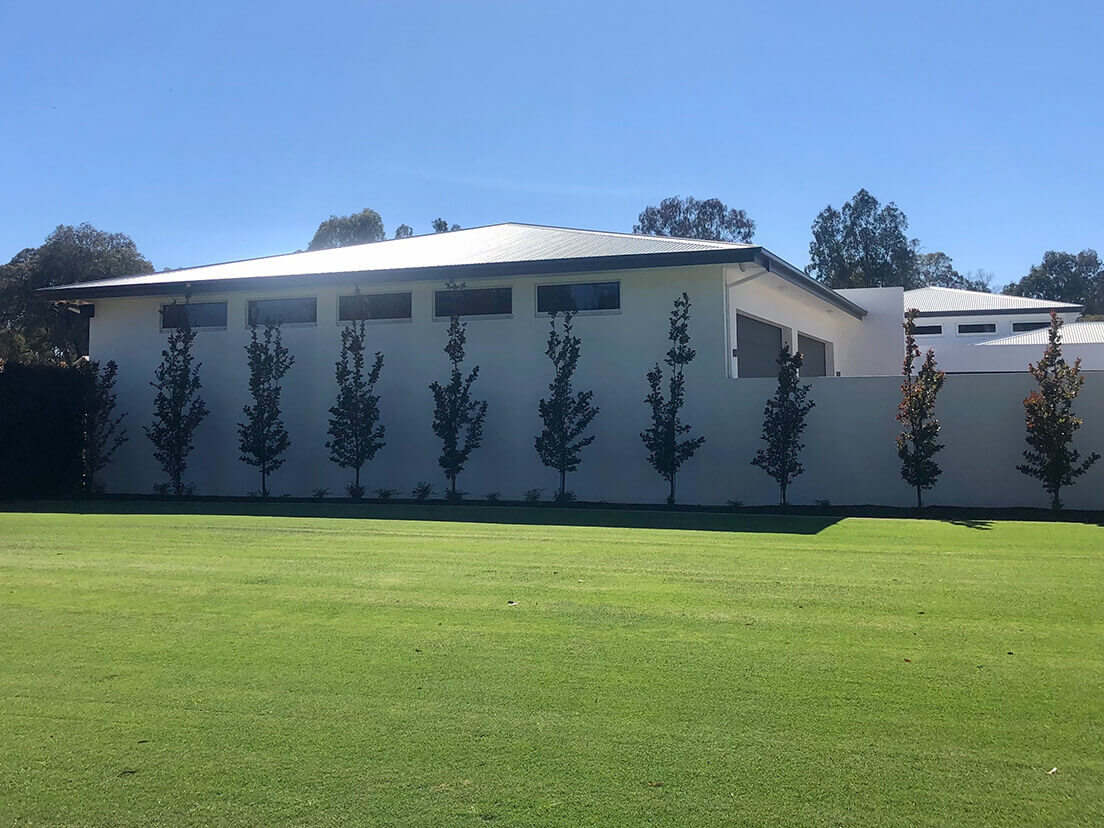One of the major downsides to winter - apart from those bitterly cold mornings and blustery afternoons - is the toll it takes on our lawns. For lawn lovers, wintertime presents a big challenge as frostbite can undo all of our hard work in an instant.
Frosts are common in Victoria, and lawns in these parts get an extra beating by suffering from what’s known as radiation frost. While in most cases frost won’t kill your lawn, extreme conditions can lead to what is known as ‘winter kill’.
Find out everything you need to know to treat frost damage in grass.
How does frost damage on grass occur during winter?
Frost damage on grass is caused by the freezing of the grass blades. During a frost, ice crystals form and break down the membranes in the cells of the grass, causing dehydration and damage. Frost also slows down the photosynthesis process, causing significant lawn discolouration. Some lawns are more affected than others. Frost tolerant grass will hold its colour better over winter while warm season grasses will remain dormant until the weather gets warmer.
Winter Desiccation - Does grass die in winter?
Winter Desiccation, also known as ‘winter kill’ among lawn lovers, is when turf dies in extremely cold conditions. Prolonged freezing temperatures lead to severe moisture loss, meaning the water in the grass is lost faster than it is replaced.
Winter kill can happen at any time of the year, but is more prevalent in cold areas and during extended periods of freezing weather. It can happen for a variety of reasons during winter including crown hydration, low-temperature kill and ice encasement.
You can tell if your lawn has winter kill when the grass blades start to appear yellow and look dead. This can then extend to the roots and crown of the grass, ultimately killing the lawn altogether.
Explaining the difference between 2 types of grasses
What are warm season grasses and how do cold temperatures affect them?
Because of our generally warm, mild climate, the majority of lawn varieties in residential gardens across Australia are warm season. Warm season grass varieties include buffalo, couch, Kikuyu and Zoysia. These warm season grasses have an active growth phase during the warmer months (spring and summer) and enter winter dormancy as soon as the cold season hits.
During winter dormancy, the growth phase slows right down or stops altogether, resulting in a loss of colour. But once winter ends, warm season grasses will come back to life, entering their growth phase once more. Coolabah Turf specialises in warm-season turf varieties, including turf types that are more winter tolerant than others.
What is cool season grass and is this type better for winter?
While cool season grasses maintain colour and growth throughout winter, they do become vulnerable once the warmer season hits. For this reason, cool season grasses are better suited in backyards with partial shade.
Cool season grasses include ryegrass, bluegrass and bentgrass. These grass types grow best in cold climates and, unlike warm season grasses, remain in an active growth phase all winter long and are frost tolerant.
Did you know that frost can actually help cool season turfs like tall fescue or ryegrass to produce a stronger root structure? This is because the cells in the grass adapt to frost. So if you see frost on your cool season lawn, there’s no need to do anything!
Prevention: How to protect grass from frost
Unfortunately, there isn’t a lot you can do to prevent frost damage on your lawn in winter. To minimise any further damage and stress on your lawn, we recommend that you refrain from walking on your grass over winter – especially when there’s a frost cover on it. Walking on a frostbitten lawn can cause the grass blades to break and shatter, causing more damage – and more work for you come spring.
To remove frost from your lawn, we suggest giving your lawn a light watering before the sun comes up. This will remove frost from the leaf and minimise the severity of lawn discolouration.
Repair a dead patch of grass with these recovery methods
As warm season grasses like Sir Walter Buffalo go into dormancy during winter, they can experience what is commonly known as winter dieback. This can result in dry, thin or dead patches of grass. Similarly, if your lawn has suffered from winter kill, you might notice dead patches of grass. To restore and repair your lawn after winter, you can do the following:
-
Re-turf
This is the easiest way to repair a dead patch of grass following winter damage. When re-turfing, simply dig up the old patch and replace it with new turf. This is best done during the warmer months.
-
Fertilise
All lawns should be fertilised coming out of winter. Feeding your lawn with nutrient-rich fertilisers will replenish the soil and provide vital nutrients your turf needs to repair and grow.
Dethatch: Once the weather warms up, generate new growth by dethatching your lawn and removing all dead matter that may remain after winter damage.
-
Restore colour
Warm season grasses lose their colour over winter but there is a way that you can keep your lawn looking green all winter long.
The secret is ColourGuard. We call it Botox for your backyard!
GolourGuard is a liquid lawn fertiliser that is environmentally friendly and 100% natural. It contains a natural pigment that instantly brightens up sullen browning lawns while offering some impressive long term benefits with the added advantage of protection and care.
You can find out more about this magic product here, and we can even deliver direct to your door.
-
Frostproof your lawn
Frost damage on grass is a real possibility over winter, particularly for those of us in the south. Thankfully, you don’t have to be at the mercy of Jack Frost! Preventing frostbite on lawns is possible. And, remember if your lawn does happen to suffer the effects of winter frost, there are ways to repair it.
Get Ahead of The Game
The best way to prevent your lawn from serious damage over winter is to look after it before the cool weather hits to ensure it’s in optimal health.
Remember to follow your lawn maintenance schedule during autumn, including fertilising before winter, to help strengthen your lawn to withstand the frosty months ahead.
A lawn is only ever as good as it is managed, so remember to love your lawn and it will love you right back!
For further tips and advice be sure to give our team at Coolabah Turf a call on 1800 055 515.

